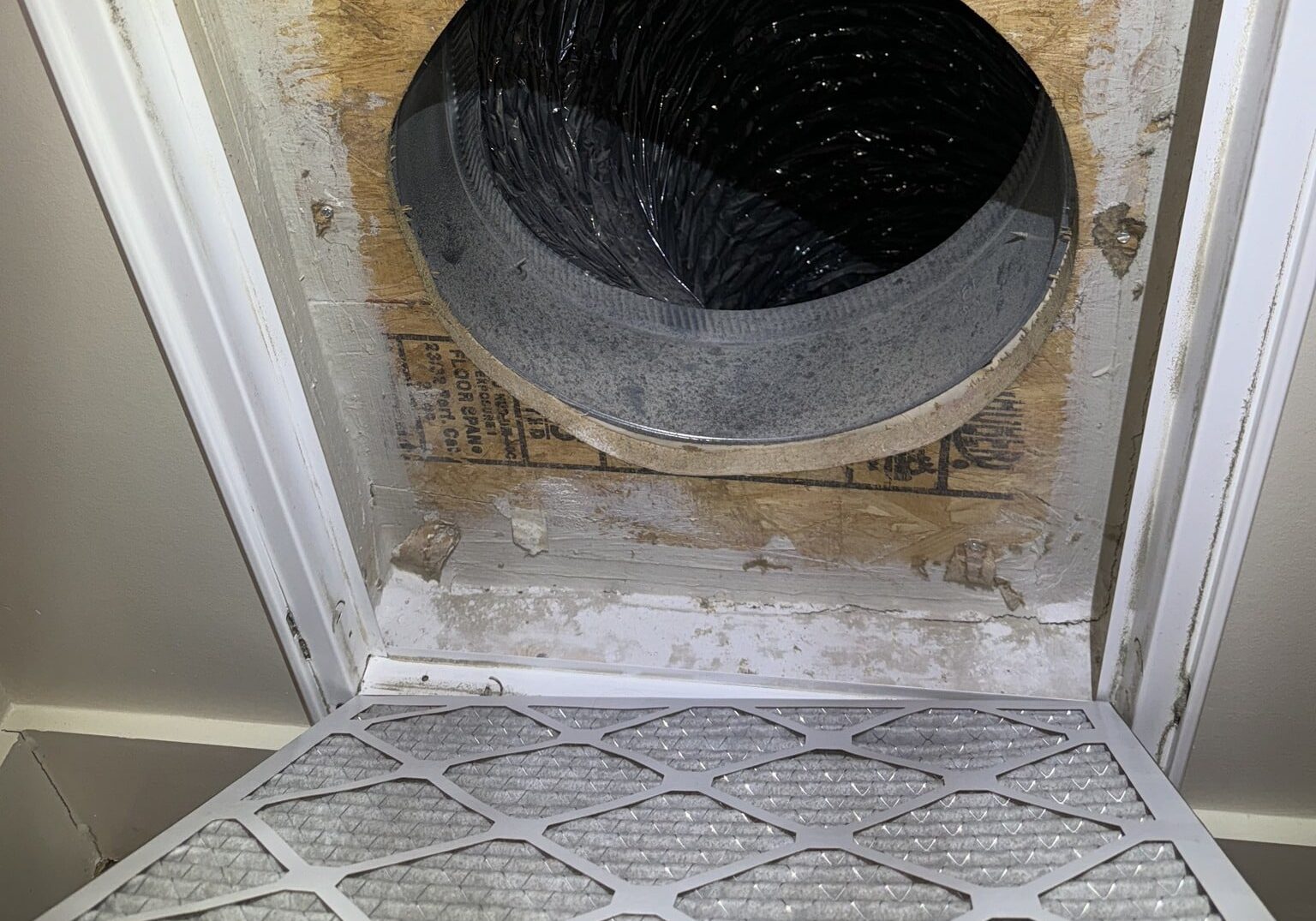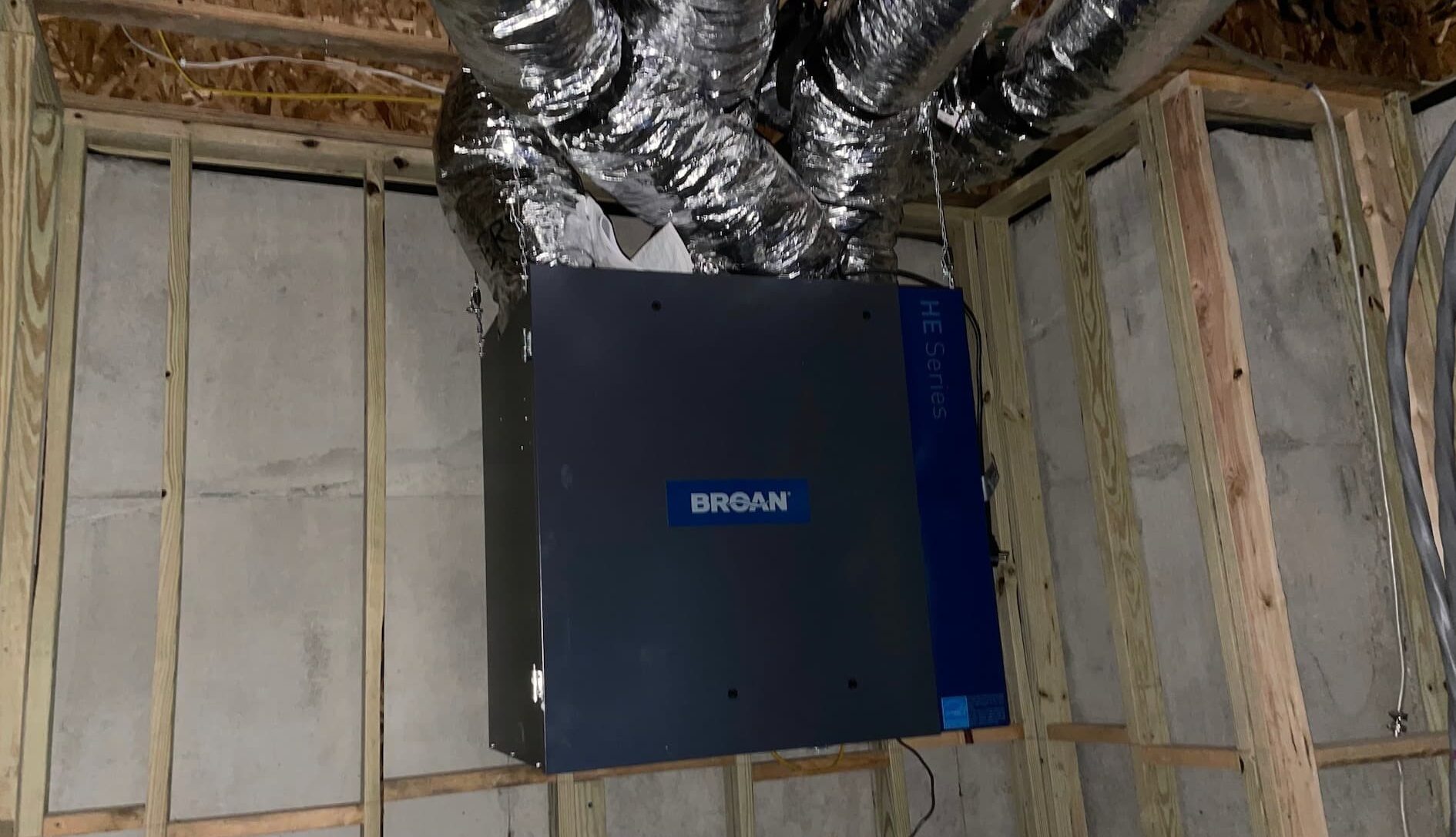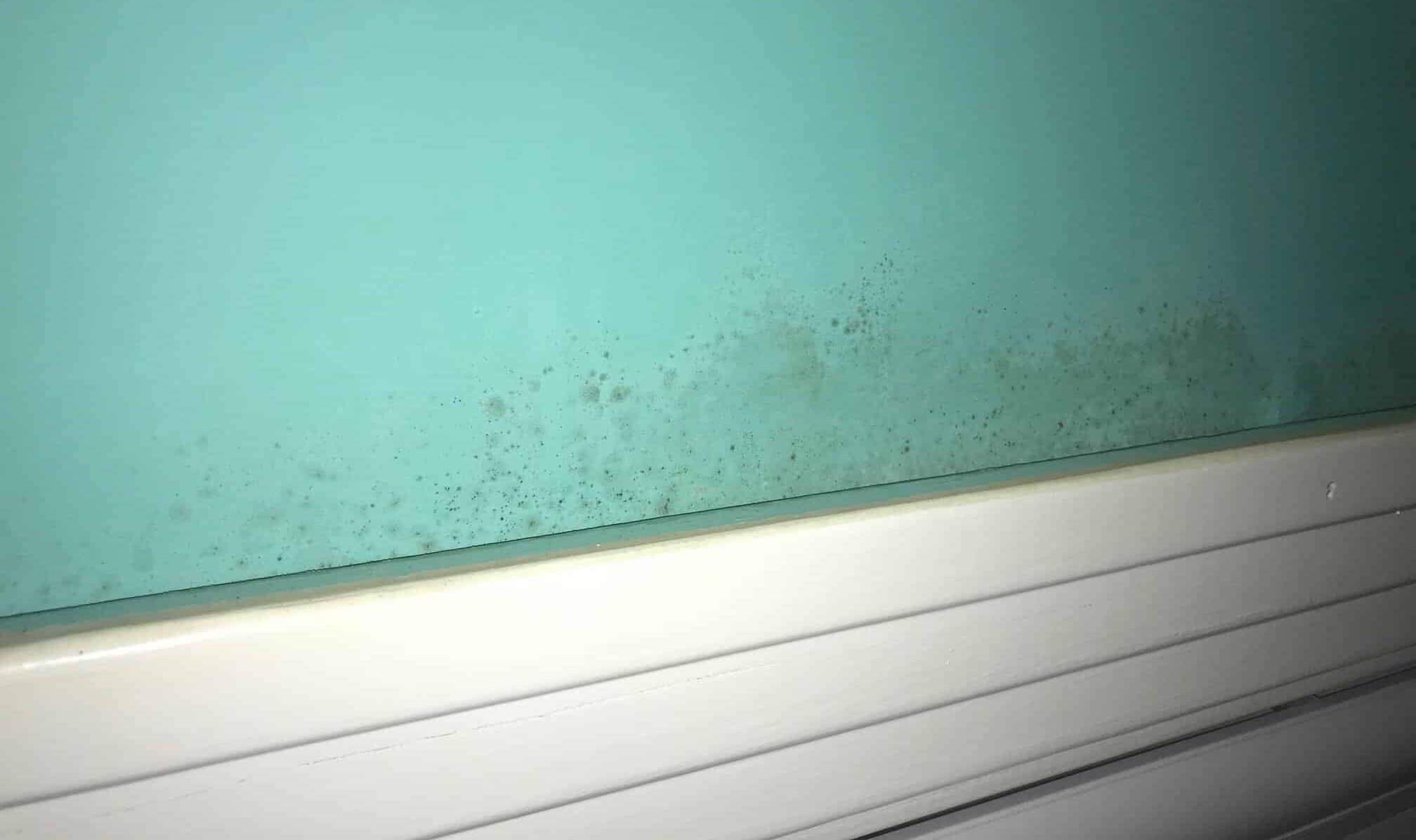Energy Efficient HVAC Design for Nashville Homes
A well-designed HVAC system is essential for achieving year-round comfort, energy efficiency, humidity control, and healthy indoor air quality. At E3 INNOVATE, we take a science-based approach to HVAC design, ensuring that every system we create is tailored to the specific needs of each home. Whether you’re in a historic Nashville home, a modern energy-efficient build, or anything in between, our custom HVAC designs are engineered to deliver precise comfort exactly where and when you need it.
A Whole-Home Approach to HVAC Design
At E3 INNOVATE, we recognize that a home’s heating and cooling system can only perform as well as the environment around it. That’s why we take a whole-home approach to HVAC design, considering every factor that affects comfort, efficiency, and air quality. Unlike other HVAC contractors in the Nashville area, we integrate fresh air ventilation strategies into our process, setting us apart in the industry.
Our process considers insulation, air sealing, ventilation, and humidity control, so that we can create a completely customized system. We ensure that your system isn’t working harder than necessary—leading to lower energy bills, better temperature consistency, and improved indoor air quality. The HVAC systems we design are often composed of a combination of the following components:
- Zoned HVAC Solutions: Not every part of your home has the same heating and cooling needs. We design zoned systems that direct conditioned air exactly where and when you need it.
- Humidity Control: Controlling humidity is essential to maintaining healthy amd comfprtable indoor air
- High-Performance Heat Pumps: Our expertise in heat pump technology ensures that you get an energy-efficient air source or geothermal heat pump system capable of keeping your home comfortable year-round.
- Smart Thermostats & Controls: We incorporate smart controls that allow for better system management, giving you precise control over temperature, humidity, and ventilation.
Our HVAC Design Process
Designing the right HVAC system starts with understanding your home or construction project’s unique heating and cooling requirements. Proper HVAC design isn’t just about efficiency—it’s a critical factor in liability management for builders. A well-designed HVAC system ensures balanced airflow, proper humidity control, and long-term reliability, protecting both your reputation and your bottom line. E3 INNOVATE helps builders implement precision HVAC solutions that prevent these risks and create healthier, more comfortable homes from the start. E3 INNOVATE conducts comprehensive load calculations to ensure your system is correctly sized and optimized for efficiency. Our approach includes:
Load Calculation (Manual J)
Instead of simply replacing your old system with one of the same size, we perform a detailed load calculation to determine the precise heating and cooling needs of your home. Many existing HVAC systems are oversized, leading to excessive energy use, poor humidity control, and inconsistent temperatures. Our Manual J calculations consider factors such as insulation levels, air leakage, window placement, and home orientation to ensure your new system is right-sized for maximum comfort and efficiency.
Equipment Selection (Manual S)
Choosing the right heating and cooling system involves more than just picking a unit with the correct capacity. We carefully balance dehumidification, cooling and heating loads, insulation, air sealing, and other home performance factors. Our experienced team selects high-efficiency systems, including heat pumps, mini splits, and geothermal solutions, ensuring that your HVAC system meets your home’s unique needs while maximizing efficiency and comfort.
Duct Design (Manual D)
Proper ductwork design is critical to delivering the right amount of conditioned air to every room in your home. Using Manual D calculations, we design a duct system that ensures balanced airflow and prevents unnecessary friction losses. By specifying the correct fittings, dampers, filters, and registers, we optimize airflow so that your HVAC system performs at its best without overworking the blower motor.
Air Distribution (Manual T)
Effective air distribution is key to creating an even, comfortable indoor environment. Manual T calculations guide the placement of air vents and returns to promote proper mixing of conditioned air, eliminate hot and cold spots, and minimize noise or pressure imbalances. Our goal is to ensure that your system provides consistent and quiet comfort throughout your entire home.
Commissioning and Performance Testing
Once installation is complete, we conduct a comprehensive system commissioning to verify that all components are functioning as designed. We check refrigerant levels, electrical consumption, temperature differentials, static pressure, and airflow balancing to ensure your system is running efficiently. Unlike many HVAC installers who overlook these final steps, our thorough approach guarantees optimal performance, lower energy costs, and long-term reliability.
Cutting corners on HVAC design can lead to huge headaches and costly problems down the road. From constant homeowner complaints to high energy bills, system failures, and moisture-related damage, a poorly designed system can become a builder’s worst nightmare. Investing in expert HVAC design from the start helps you avoid these issues, ensuring reliable performance, lower maintenance costs, and happier homeowners. Let E3 INNOVATE help you get it right the first time.
Healthy Indoor Air Quality by Design
An efficient HVAC system should do more than just heat and cool your home—it should also protect your indoor air quality. Our HVAC designs integrate:

Ventilation Systems
Proper fresh air exchange prevents indoor pollutants from accumulating.

Advanced Filtration
High-quality air filters capture allergens, dust, and pollutants, improving respiratory health.

Humidity Control
We incorporate whole-home dehumidification to maintain optimal humidity levels and prevent mold growth.
Custom HVAC Design for Every Nashville Home
No two homes are the same, which is why E3 INNOVATE customizes every HVAC design to fit the exact needs of your home and lifestyle. Whether you live in an older home with unique layout challenges or a newly built high-performance house, our team creates a system that maximizes comfort, efficiency, and air quality.
If you’re building a new home, upgrading your existing HVAC system, or experiencing comfort and efficiency issues, E3 INNOVATE can help. Our expert HVAC design services ensure that your system is optimized for long-term performance, lower energy bills, and healthier indoor air.









